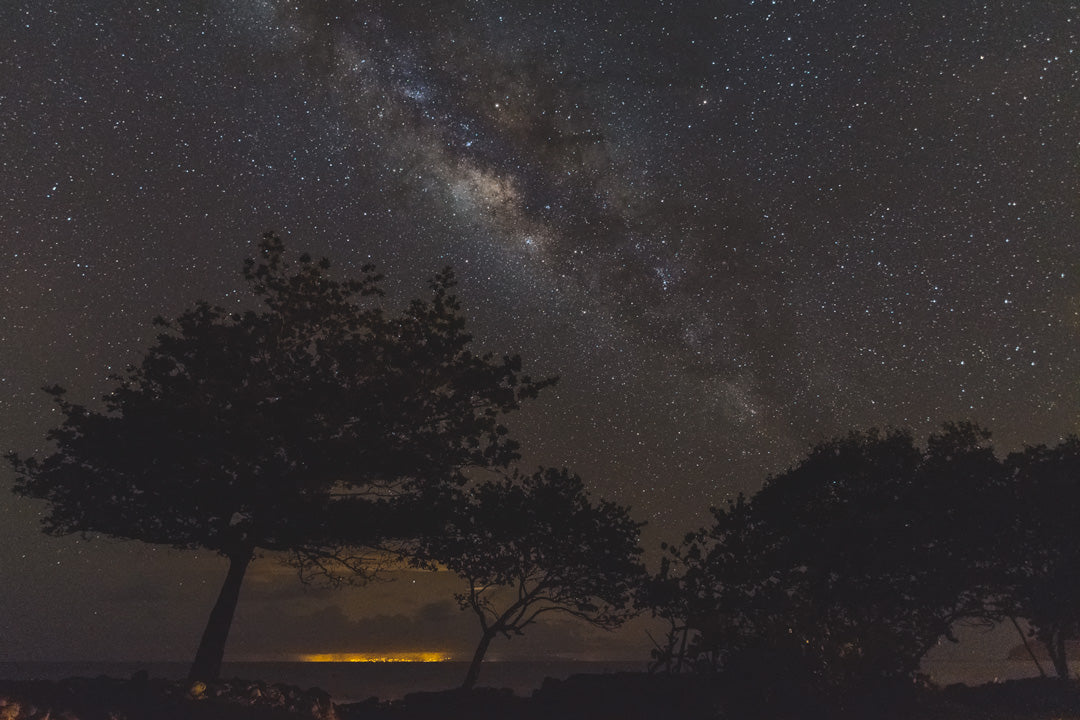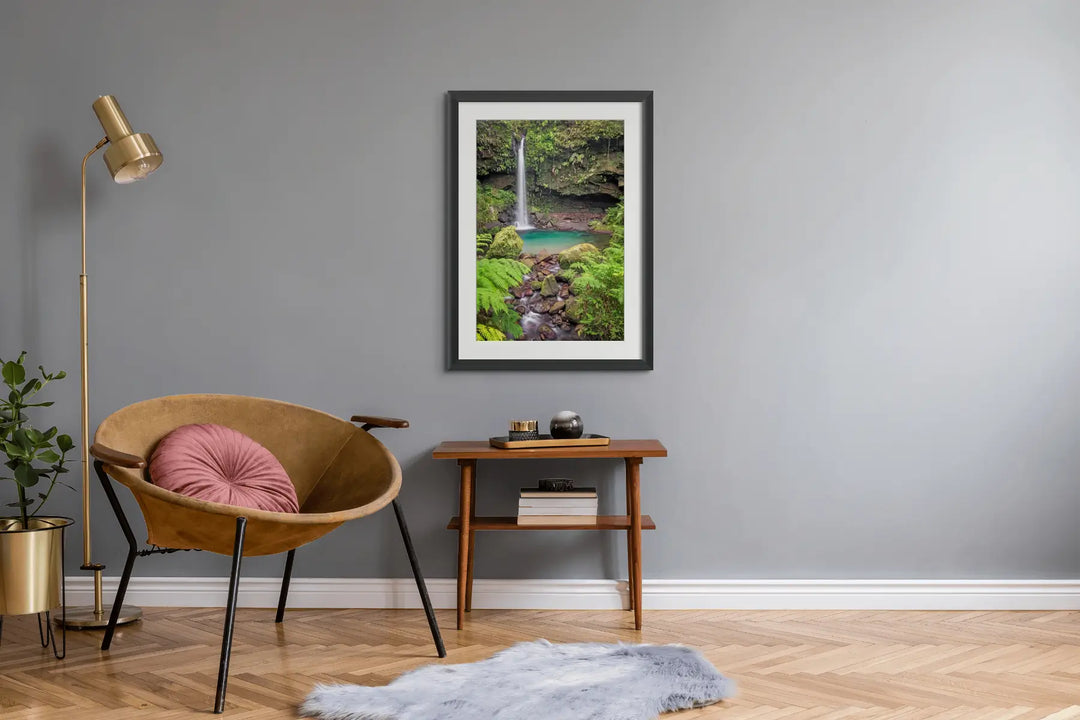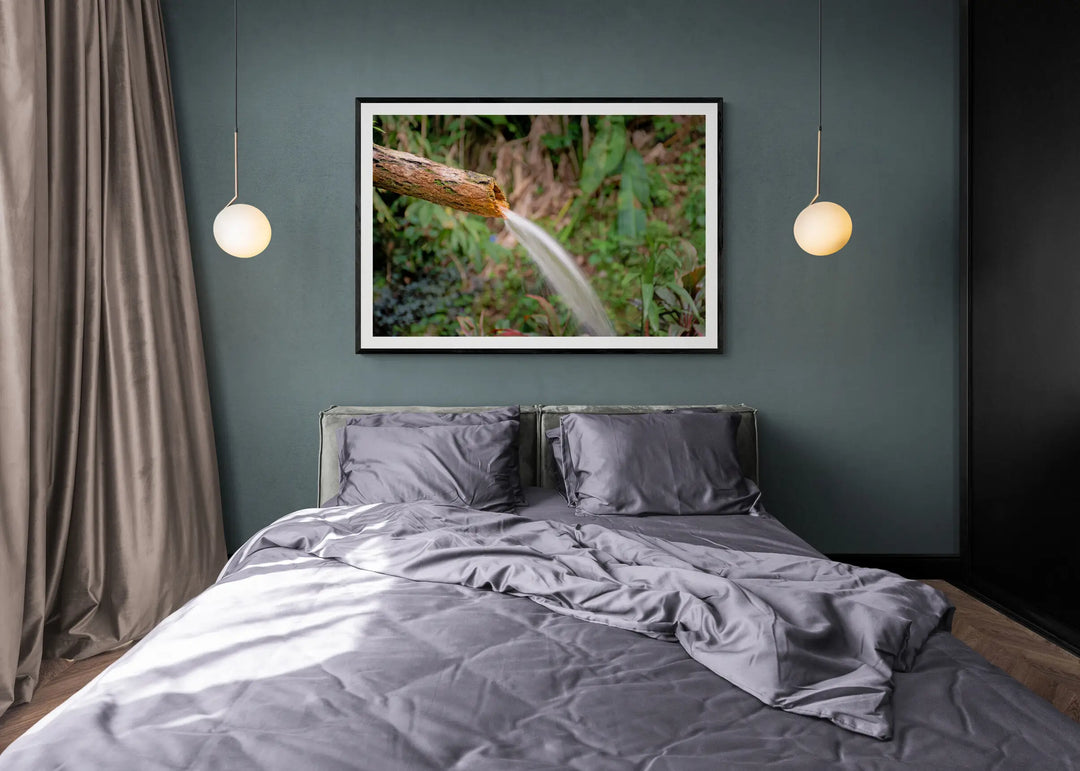It's been a few years since I last captured the Milky Way and several weeks ago (around March maybe?), I decided that I needed to do it again. I don't recall what triggered me, but I did a quick Google/YouTube "deep dive" into Milky Way and star trails photography in order to refresh my memory.
I was excited and determined!
This is a short clip from 2017 - my last attempt at capturing the Milky Way
For three nights straight, I scoped out the sky and checked the weather forecast, but rain was always guaranteed to fall. I'm ashamed to say that my determination disappeared by the fourth night 🤦🏿♂️
Definition: Astrophotography is photography of astronomical objects, celestial events, and areas of the night sky.
What is critical about astrophotography is that weather plays a much more integral role in your success rate, when compared with regular nature or outdoor photography. (At least that's my opinion.)
For example, during the day if the weather is dreary, it might be the perfect opportunity to shoot waterfalls or lakes, because overcast skies act as a huge diffuser of the sun's light. That way there's no harsh light on the water which is a big plus when photographing bodies of water).
Definition: A light diffuser is any material or object placed between a light source (like, the sun) and your subject (like, a waterfall) which scatters the light beams and softens the light.
If it's not overcast, but still partly cloudy, you may get an epic sunset because sunlight reflecting between the upper and lower cloud layers is what causes amazing sunset colors.
Or maybe you went shooting during the middle of the day and it's very bright out. That could be a great time to do some long exposure work.

This is a fine art long exposure image I captured near Calibishie at 3:00 PM.
With astrophotography though, if it's a cloudy night, you're stuck. And that was my fate last weekend.
Last weekend
I'd been keeping my eyes on the weather for the weekend of 12-14 June, and it was supposed to be relatively "dry" according to local forecasts. That does not mean there won't be any clouds, but at least there ought to be little to no rain.
I had also looked up the phase of the moon, because it's best to shoot stars on or near the New Moon. Since the moon isn't visible during that time, there will be less competing light sources in the sky, making the stars "pop" more easily against the black backdrop of space.
Weather? Check. Phase of the moon? Check. The other important variable was location.
Back in March I had picked what I thought would be a great location near Pagua Bay. My calculations at the time showed the Milky Way descending over the mountain ridge that leads to the Atkinson and the Kalinago Territory.

Screenshot of the app I use - PhotoPills - which shows that the New Moon peaked on June 10.
So on Saturday (June 12), I left home around 11:30 PM and made my way to Pagua Bay.
Problem #1
I drove up to Pagua Bay from Roseau (approximately 1 hour) with zero worries. The temperature was cool and dry. Perfect! But when I got to my designated spot, clouds had covered the entire bay.
Not easily daunted, I drove to Cabana Beach (a favorite location of mine about 10 minutes away) and hoped for clear skies either over the Atlantic Ocean to the east, or towards the village of Wesley to the northwest.
See Cabana Beach from above! I captured this video in September 2020.
However, as soon as I got out of the vehicle to examine the environment, it started to rain... and it rained constantly for about 30 minutes! When it finally stopped, all I could see was grey. A huge bank of clouds had covered the area.
I drove back to my original location and figured I'd fight by battle there, regardless of the cloud cover.
Problem #2
Back in March, I had chosen that spot for the shoot because I knew that the Milky Way's position in relation to environmental structures (the tree-line, the mountain ridge, etc.) would make for a good composition.
However, as I planned this photoshoot, I forgot to check on the galaxy's location.
This was potentially a big mistake.
Celestial bodies are in constant motion and just as the sun sets at different points on our horizon throughout the year, the Milky Way would definitely show up in a different position in the sky.

When I checked that night night, I realized that it had drifted west, directly over the Dr. Nicholas Liverpool Highway. This meant I had to be extra careful, lest I get run over by a speeding car.
To be fair though, this was a minor issue when compared with the weather. The new position in the night sky meant I had to change my composition, but a new composition was basically useless if the sky remained overcast throughout the night!
Results?
I stayed around for a few hours and attempted a few shots over the bay (I was hoping to do some star trails), as well as several Milky Way shots over the highway.
The clouds never let up and my results were abysmal, but here's one look at the Milky Way from that night:

The clumps of grey at the top and bottom of the image are clouds. It's not bad for a refresher, but it's definitely not something to hang on a wall.
I'll definitely keep trying and if you're interested in seeing my results, please subscribe to my newsletter below!








Leave a comment